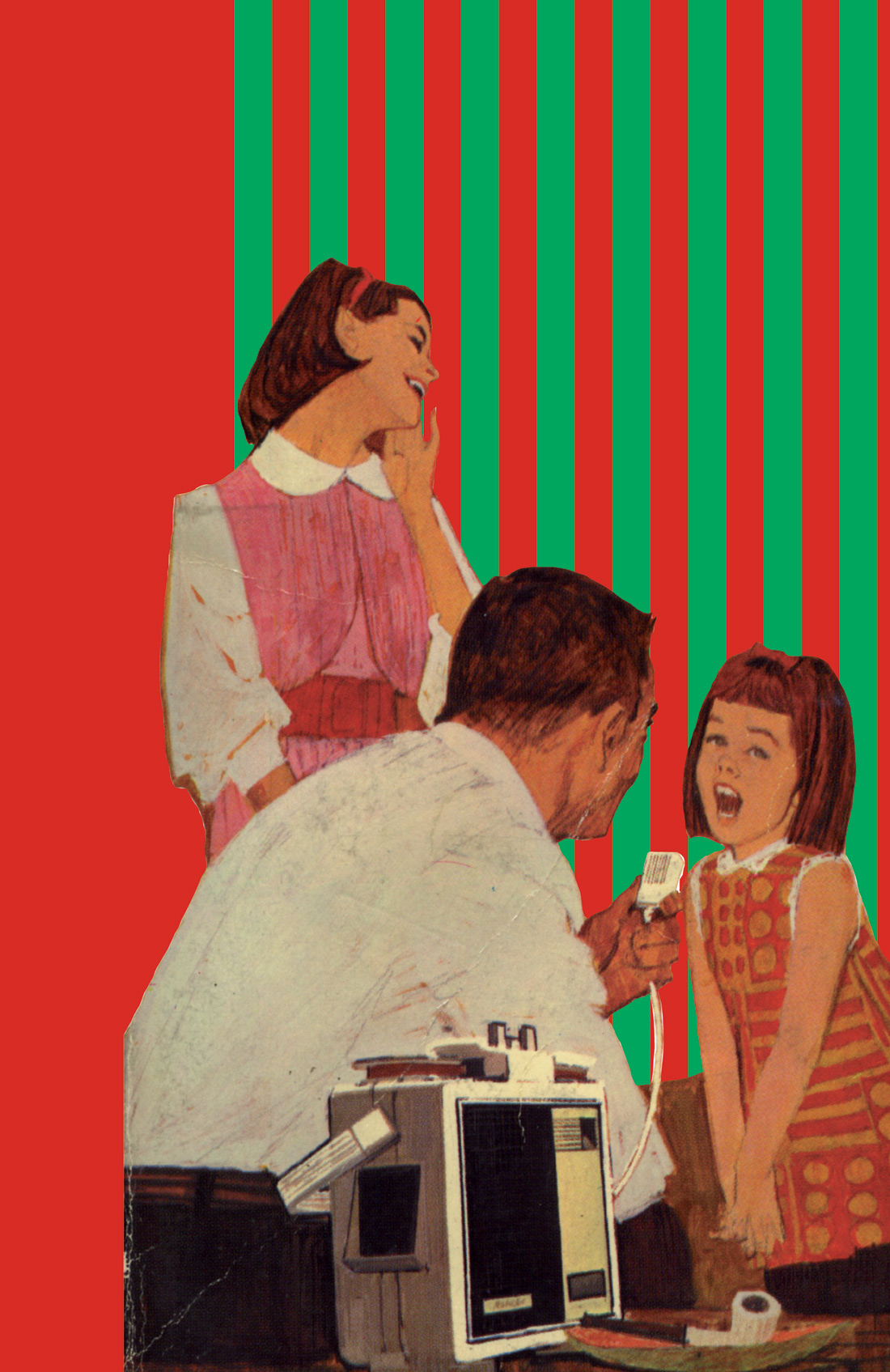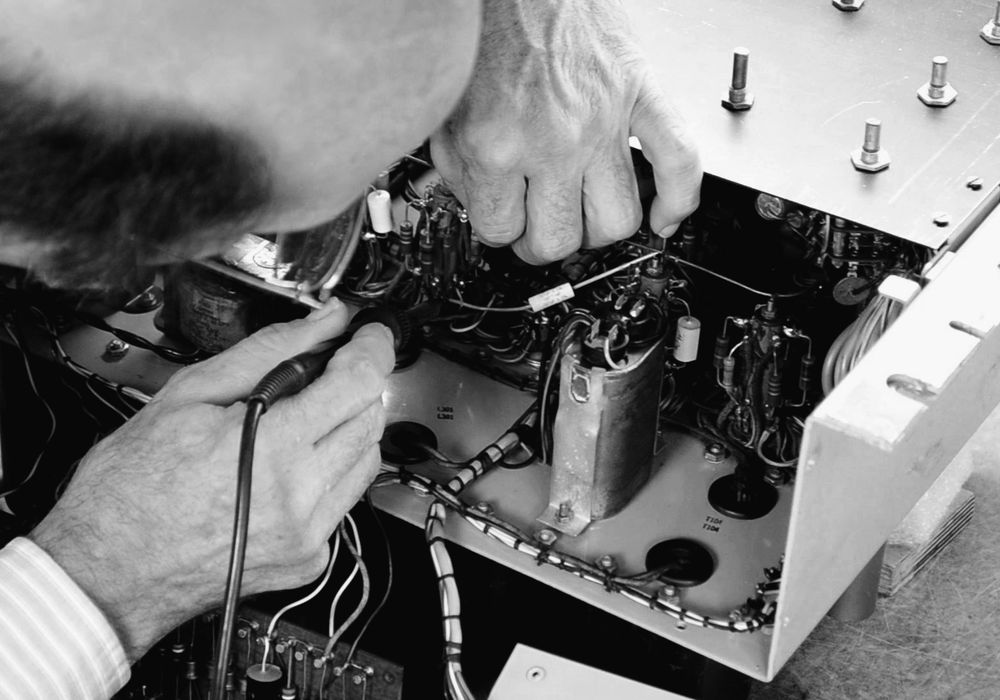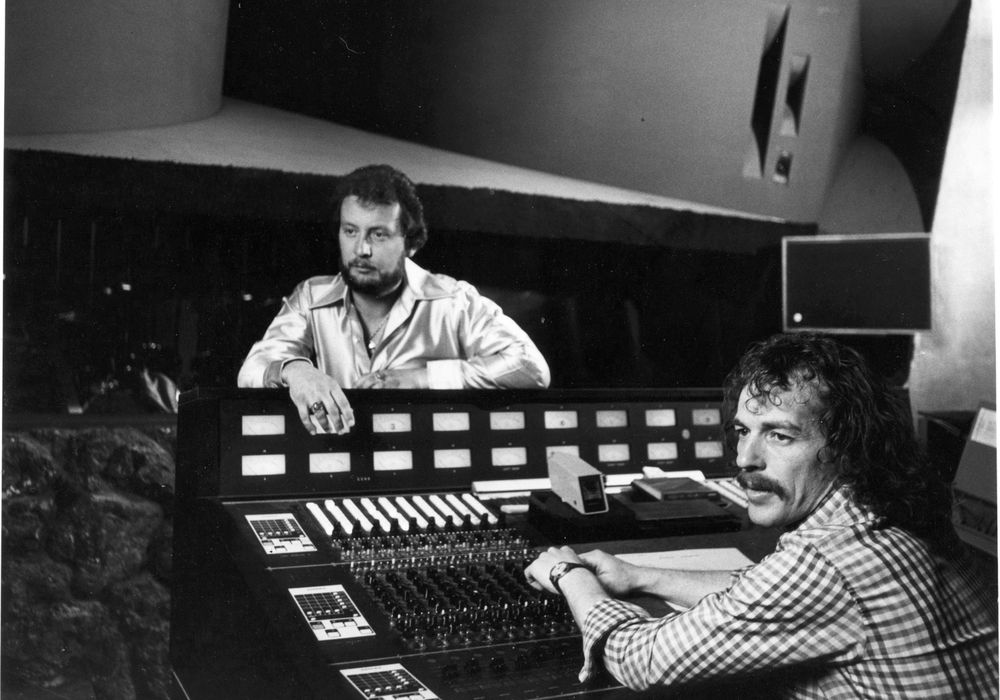Recently I got to try out the Apogee Rosetta (street price, $1100). Using this in place of the DAT machine's analog to digital conversion seems to preserve more of the qualities of the mix so it sounds like what I have up on the board. It doesn't add that special "something" of analog tape, but it does sound more like what I feed into it. The UV22 system supposedly helps with this, adding a kind of "ultrasonic dither" to the program material. The Rosetta comes in two models, one capable of 96 K and one for 48 K, and can "bit split" sending these high-resolution 2-track digital mixes to 8-track digital recorders, something I didn't have the gear to try out. I'm still kind of a sceptic of mixing down to DAT only (if you can't see the tape rolling don't trust it) but I'm much more happier and secure than I used to be when I use it for mixing, 1/4" backups or CDR references. (www.apogeedigital.com)
Converters | No. 131
Brooklyn DAC+
by Geoff Stanfield
I have to stop and reflect on the way we listen to music today versus how I did growing up. It used to be a trip to the now defunct Tower Records or whatever local record store was in my town at the...




_disp_horizontal_bw.jpg)